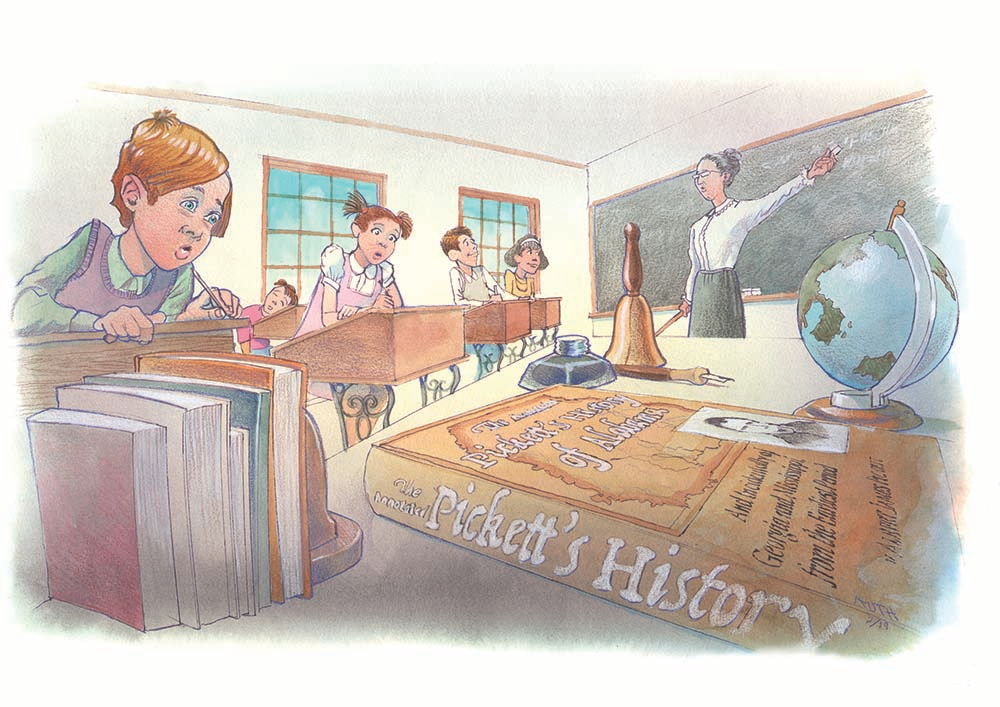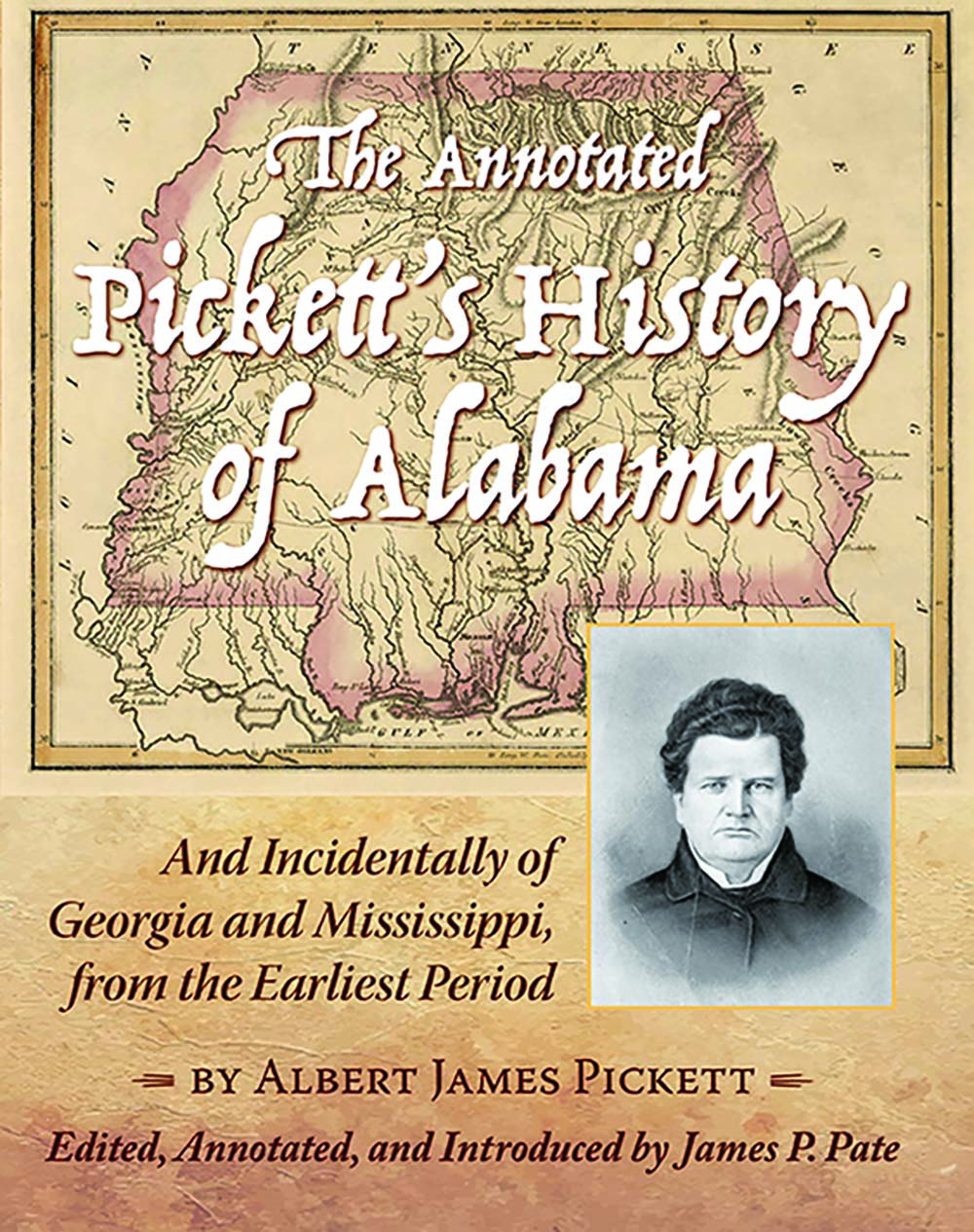
In 1954, fresh on the cusp of literacy and hungering for new and exciting stories, I entered the fourth grade at the Grove Hill Elementary School and was assigned to the class taught by Mrs. Willie Tucker.
There, for the first time, I was “taught” Alabama History.
Earlier I had absorbed bits and pieces of our state’s past from tales told in my family, but this was the first time I was exposed to Alabama’s history in all its grandeur. I was hooked.
Looking back, I realize that what Mrs. Tucker taught was a reflection of her own interests, and if it did not interest her, she left it out.
Face it. We all do that.
Back to the point.
Mrs. Tucker began with the Indians and for weeks we made model Indian villages in the big sandbox she had in a corner of the room. Then she brought in the white settlers and recounted the heroic struggles – the Canoe Fight, Horseshoe Bend, Fort Sinquefield and such – until the Native Americans were defeated and we became a state.
Because so much of this happened in and around our county, history took on a particular reality. One of my classmates, a guy who lived close to where some of it occurred, brought in a bone spear point that he claimed he found where an Indian camp had once been. If Mrs. Tucker knew he had fashioned it himself from the leg of a dearly departed cow, she never let on. Instead she put it among the arrowheads and other artifacts she had displayed.
In the middle of all this we paused to celebrate Thanksgiving, which I assumed happened on the Alabama River, somewhere around Gosport, and then she took up the story again.
Before I knew it, we had reached the “War Between The States,” but rather than fill our impressionable minds with state’s rights and slavery and all that, she told of how local men signed up and marched away to fight.
Some, I learned later, did not return.
Then the class lost its luster, and I cannot recall much of what we covered next. Helen Keller, maybe. Bibb Graves, possibly. World War I, the Rainbow Division and poppies, could be. But she had nothing to match the stories she told before.
Where did she get them, I wondered?
Years later I found out. She got the stories from Albert James Pickett.
 Those of you of my generation – and generations who came along before and after – were taught Alabama history in Alabama public schools by teachers who themselves were taught from Pickett’s History of Alabama, and Incidentally of Georgia and Mississippi from the Earliest Period. It was the go-to book for the stories that educated and enlightened teachers and students over the years since its publication in 1851.
Those of you of my generation – and generations who came along before and after – were taught Alabama history in Alabama public schools by teachers who themselves were taught from Pickett’s History of Alabama, and Incidentally of Georgia and Mississippi from the Earliest Period. It was the go-to book for the stories that educated and enlightened teachers and students over the years since its publication in 1851.
Now, thanks to NewSouth Books, Pickett is back, but not just a reprint of an earlier edition. Instead, this is a carefully annotated work in which the commentary, provided by historian James P. Pate, is as interesting and informative as the text itself. It would not be going too far to say that this is a monumental achievement.
It is also fun to read, for though it is a hefty volume, both the text and the additions will entertain the interested layman as well as the history “buff.”
More than that, it is familiar – especially if you were educated in our fair state. In it you will find the old and often-told tales recounted and explained, fleshed out and documented so that Pickett’s achievement can be appreciated all the more.
In this book I rediscovered Mrs. Willie Tucker’s Alabama and was reminded of the richness of our heritage.
Enjoy and learn.
Harvey H. (Hardy) Jackson is Professor Emeritus of History at Jacksonville State University and a columnist for Alabama Living. He can be reached at [email protected].
Ed. note: The Annotated Pickett’s History of Alabama is available online, in bookstores or through NewSouth Books, newsouthbooks.com.




